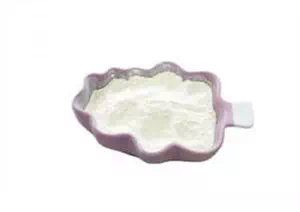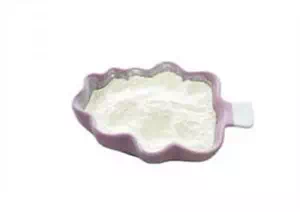All Categories



Terephthalic acid CAS 100-21-0, Terephthalic acid, CAS 100-21-0
Terephthalic acid (CAS 100-21-0) is a core raw material in the polyester industry. Its characteristics include:High-temperature stability: Melts at 427℃, suitable for high-temperature processing;
CAS : 100-21-0
Formula : C8H6O4
Mol. wt. : 166.13
EINECS : 202-830-0
| CAS | 100-21-0 |
| Molecular formula | C8H6O4 |
| Molecular weight | 166.13 |
| EIENCS | 202-830-0 |
| Form | Crystalline Powder |
| Melting point | >300 °C (lit.) |
| boling point | 214.32°C (rough estimate) |
| Density | 1.58 g/cm3 at 25 °C |
| Solubility | 15mg/l (experimental) |
| PKA | 3.51(at 25℃) |
| Color | White |
| Storage temp |
Terephthalic acid (CAS 100-21-0) is a core raw material in the polyester industry. Its characteristics include:
High-temperature stability: Melts at 427℃, suitable for high-temperature processing;
Versatility: Covering a wide range of fields from fibers to medicine;
Low toxicity but requires protection: Strictly avoid inhalation of dust and skin contact during operation;
The market supply is mature: industrial-grade products are affordable, and reagent-grade ones meet the demands of scientific research.
Polyester production (accounting for more than 90%)
Polyethylene terephthalate (PET) : It is used in the manufacture of beverage bottles, food packaging films, and textile fibers (such as polyester).
Engineering plastics: Insulating varnish, film and plasticizer raw materials.
Industry and Scientific Research
Chromatographic analysis: Gas chromatography purge agent, separating fatty acids (requires combination with polyethylene glycol 200).
Pharmaceutical intermediates: Synthetic drugs and dyes.
Special materials: Photosensitive nylon, super absorbent resin (agricultural water-retaining agent).
Health risk
Toxicity grade: Low toxicity (Oral LD₅₀ in rats: 6400 mg/kg).
Irritation: It has mild irritation to the skin, eyes and respiratory tract. Long-term exposure may cause allergies or bronchitis.
Protective measures: Dust masks, goggles and corrosion-resistant gloves must be worn during operation.
Environment and Operation
Environmental risk: Highly toxic to aquatic organisms (R50). Discharge into water bodies is prohibited.
Storage requirements: Keep in a cool and well-ventilated place (≤40℃), away from oxidants, acids and alkalis, and avoid direct sunlight.
* Prompt reply and 24 hours online, professional team to provide best price and high quality product.
* Sample testing support.
* Every batch of products will be tested to ensureits quality.
*The packing also can be according the customers` requirment.
*Any inquiries will be replied within 24 hours.
*we provide Commerical Invoice, Packing List, Bill of loading, COA , Health certificate and Origin certificate. If your markets have any special requirements, let us know.